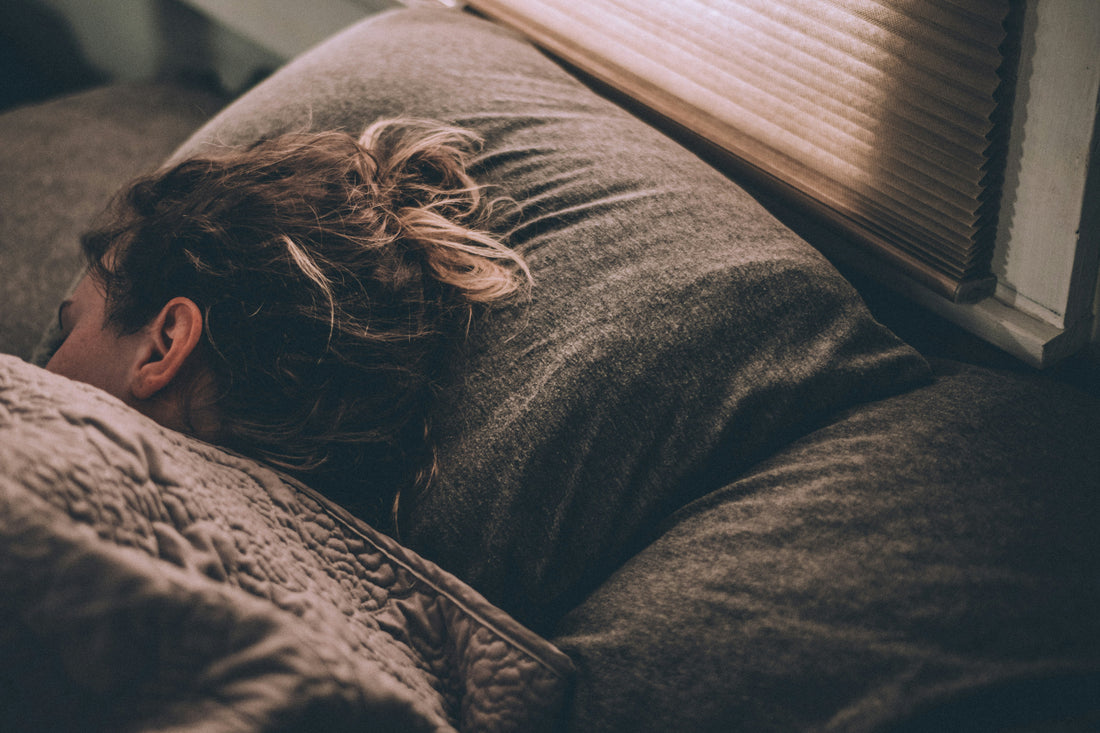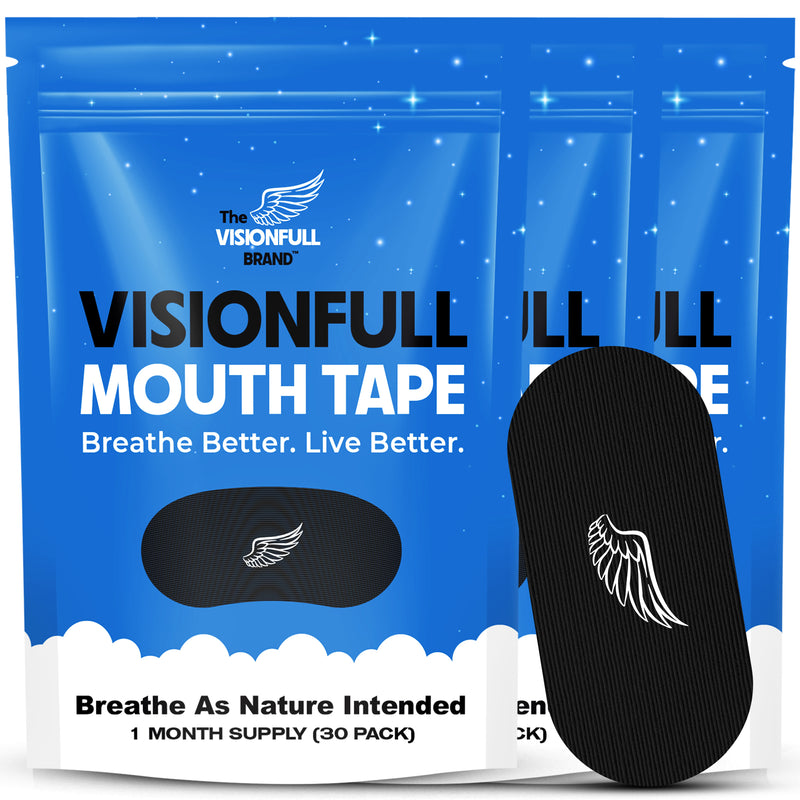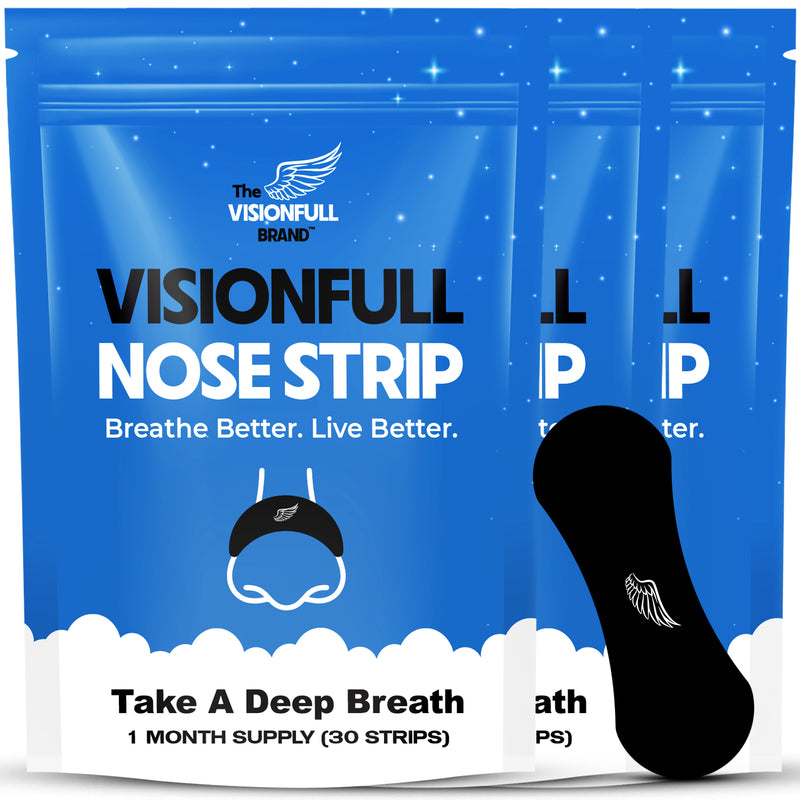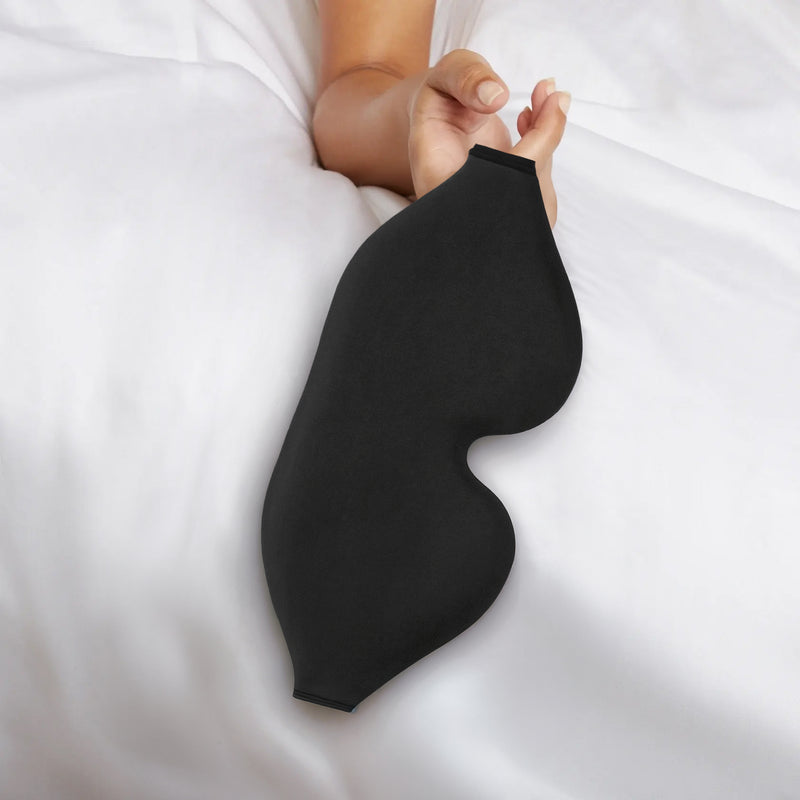Good posture isn't just about standing tall during the day; it extends to how you rest at night. Learning how to sleep for better posture can significantly impact your health, reducing pain and preventing long-term issues. This comprehensive guide is designed to help you transform your sleep habits, offering actionable steps to support your spine and improve your overall well-being. From health-conscious adults to pregnant women and elderly individuals, everyone can benefit from these expert tips on achieving optimal posture through better sleep.
Why Is Good Posture Important For Overall Health?
Good posture is crucial for overall health as it ensures the proper alignment of your body, reducing the strain on muscles, ligaments, and joints. Maintaining good posture helps prevent chronic pain, particularly in the back, neck, and shoulders, and can improve breathing, digestion, and circulation. It also enhances your physical appearance and boosts confidence, improving mental well-being. By supporting the natural curves of your spine, good posture minimizes the risk of musculoskeletal issues. It promotes efficient movement, enabling you to easily perform daily activities and reducing the likelihood of injury.
How To Sleep For Better Posture
Choose the Right Mattress
Selecting a mattress that provides adequate support is the foundation of good sleep posture. A medium-firm mattress is often recommended as it supports the natural curves of your spine without causing pressure points. Ensure your mattress is not too soft, which can lead to sagging and misalignment, or too firm, which can create discomfort and disrupt sleep.
Use a Supportive Pillow
Your pillow should support the natural curve of your neck and keep your head aligned with your spine. For back sleepers, a thinner pillow is ideal to maintain the head's position. Side sleepers should opt for a thicker pillow to fill the space between the ear and shoulder. Stomach sleeping is generally discouraged, but if unavoidable, use a very thin pillow or none at all to prevent neck strain.
Optimize Your Sleep Position
The position you sleep in can significantly impact your posture. Sleeping on your back is generally considered the best for spinal alignment, as it evenly distributes weight and minimizes pressure points. If you prefer sleeping on your side, place a pillow between your knees to keep your hips aligned. Avoid sleeping on your stomach, as it can cause neck and back strain.
Maintain a Consistent Sleep Schedule
A regular sleep schedule helps your body maintain a natural rhythm, which can improve sleep quality and posture. Aim for 7-9 hours of sleep each night and try to go to bed and wake up at the same time every day. Consistency in your sleep routine supports overall health and allows your body to recover and maintain proper alignment.
Create a Sleep-Friendly Environment
Your sleep environment plays a crucial role in how well you sleep and, consequently, your posture. Ensure your bedroom is cool, dark, and quiet. Invest in blackout curtains, a white noise machine, or earplugs if necessary. A comfortable and supportive sleep environment encourages better sleep quality and helps maintain good posture.
Practice Relaxation Techniques
Incorporating relaxation techniques before bed can help you unwind and prepare your body for restful sleep. Practices such as deep breathing, meditation, or gentle stretching can reduce tension in your muscles and promote better alignment. A relaxed body is more likely to maintain a healthy posture throughout the night.
Monitor and Adjust as Needed
Regularly assess your sleep setup and make adjustments as needed. If you wake up with pain or discomfort, it may be time to reevaluate your mattress, pillow, or sleeping posture. Listen to your body and make changes to ensure you are supporting your posture effectively, incorporating principles of ergonomics where necessary. Continuous monitoring and adjustments will help you maintain optimal sleep posture over time.
What Is The Healthiest Sleeping Position For Posture?
The healthiest sleeping position for posture is on your back, as it allows your head, neck, and spine to rest in a neutral alignment, minimizing the risk of strain and discomfort. This position evenly distributes your body weight, reducing pressure points and helping to maintain the natural curves of your spine. Using a supportive pillow that keeps your head level with your body and placing a small pillow or rolled towel under your knees can further enhance spinal alignment and relieve lower back pressure. Back sleeping not only promotes better posture but also improves breathing and reduces the likelihood of developing chronic pain.
Can Poor Posture During Sleep Lead To Long-Term Health Issues?
Yes, poor posture during sleep can lead to long-term health issues by causing chronic pain, musculoskeletal problems, and impaired bodily functions. Misalignment of the spine during sleep can strain muscles, ligaments, and joints, leading to persistent back, neck, and shoulder pain. Over time, this strain can contribute to conditions such as herniated discs, sciatica, and arthritis. Additionally, poor sleep posture can affect breathing, circulation, and digestion, exacerbating issues like sleep apnea, acid reflux, and poor blood flow. Addressing sleep posture is crucial for preventing these long-term health problems and ensuring overall well-being and spine health.
What Are the Signs That Your Sleep Posture Might Be Causing Problems?
- Morning Stiffness: Waking up with stiffness or soreness in your neck, back, or shoulders.
- Chronic Pain: Persistent back pain, neck, or shoulders that don't improve with other interventions.
- Frequent Headaches: Regular headaches, particularly in the morning, which can be caused by neck strain.
- Numbness or Tingling: Experiencing numbness or tingling in your arms or legs, indicating nerve compression.
- Restless Sleep: Frequent tossing and turning during the night, struggling to find a comfortable position.
- Poor Sleep Quality: Feeling tired and unrested despite getting a full night's sleep.
- Visible Postural Changes: Noticing changes in your posture, such as rounded shoulders or a forward head tilt, which may be exacerbated by poor sleep habits.
Is Sleeping On Your Back Better Than Sleeping On Your Side?
Sleeping on your back is generally considered better than sleeping on your side for maintaining optimal spinal alignment and overall posture. When you sleep on your back, your head, neck, and spine remain in a neutral position, which helps distribute your body weight evenly and reduces pressure points. This position minimizes the risk of developing chronic pain and musculoskeletal issues. However, side sleeping can also be beneficial, particularly for those who snore or have sleep apnea, as it can help keep airways open. To maximize the benefits of side sleeping, use a supportive pillow and place another pillow between your knees to maintain hip and spine alignment. Ultimately, the best sleeping position is one that supports your individual needs and comfort while promoting good posture.
How Can You Incorporate Posture-Friendly Habits Into Your Sleep Routine?
Incorporating posture-friendly habits into your sleep routine involves making intentional adjustments to your sleep environment and practices. Start by selecting a supportive mattress and pillow that maintain the natural alignment of your spine. Experiment with sleeping positions, such as on your back or side, to find what best supports your posture, and use additional pillows to enhance alignment, like placing one under your knees or between your legs. Establish a consistent sleep schedule to promote overall health and ensure your bedroom is conducive to restful sleep by keeping it cool, dark, and quiet. Incorporate relaxation techniques, such as deep breathing or gentle stretching, before bed to reduce muscle tension and prepare your body for a restful night. Regularly assess and adjust your sleep setup to ensure it continues to support your posture effectively.
Tips For Better Sleep
- Maintain a Consistent Sleep Schedule: Go to bed and wake up at the same time every day, even on weekends, to regulate your body's internal clock.
- Create a Relaxing Bedtime Routine: Engage in calming activities before bed, such as reading, meditating, or taking a warm bath, to signal to your body that it's time to wind down.
- Optimize Your Sleep Environment: Ensure your bedroom is cool, dark, and quiet. Use blackout curtains, earplugs, or a white noise machine if necessary.
- Use Mouth Tape for Sleep: Consider using mouth tape for sleep to encourage nasal breathing, which can improve oxygen intake, reduce snoring, and enhance overall sleep quality.
- Limit Screen Time Before Bed: Avoid electronic devices at least an hour before bedtime, as the blue light emitted can interfere with your body's production of melatonin, the sleep hormone.

Conclusion
Achieving better posture through improved sleep habits is a powerful step towards enhancing your overall health and well-being. By selecting the right mattress and pillow, optimizing your sleep position, and incorporating posture-friendly habits into your nightly routine, you can significantly reduce pain and prevent long-term musculoskeletal issues. Remember, consistency is key—maintain a regular sleep schedule and create a sleep environment that promotes relaxation and comfort. With these actionable steps, you can wake up each day feeling refreshed, aligned, and ready to take on the world with confidence and vitality.
Final Thoughts
At The Visionfull Brand, we are passionate about enhancing your sleep experience with our superior products. Our lineup, including mouth tape, nose tape, and ear plugs, is engineered to provide exceptional comfort and support. Embrace our innovative solutions and wake up feeling more energized, focused, and ready to conquer the day. Experience the Visionfull difference today.
Sources




